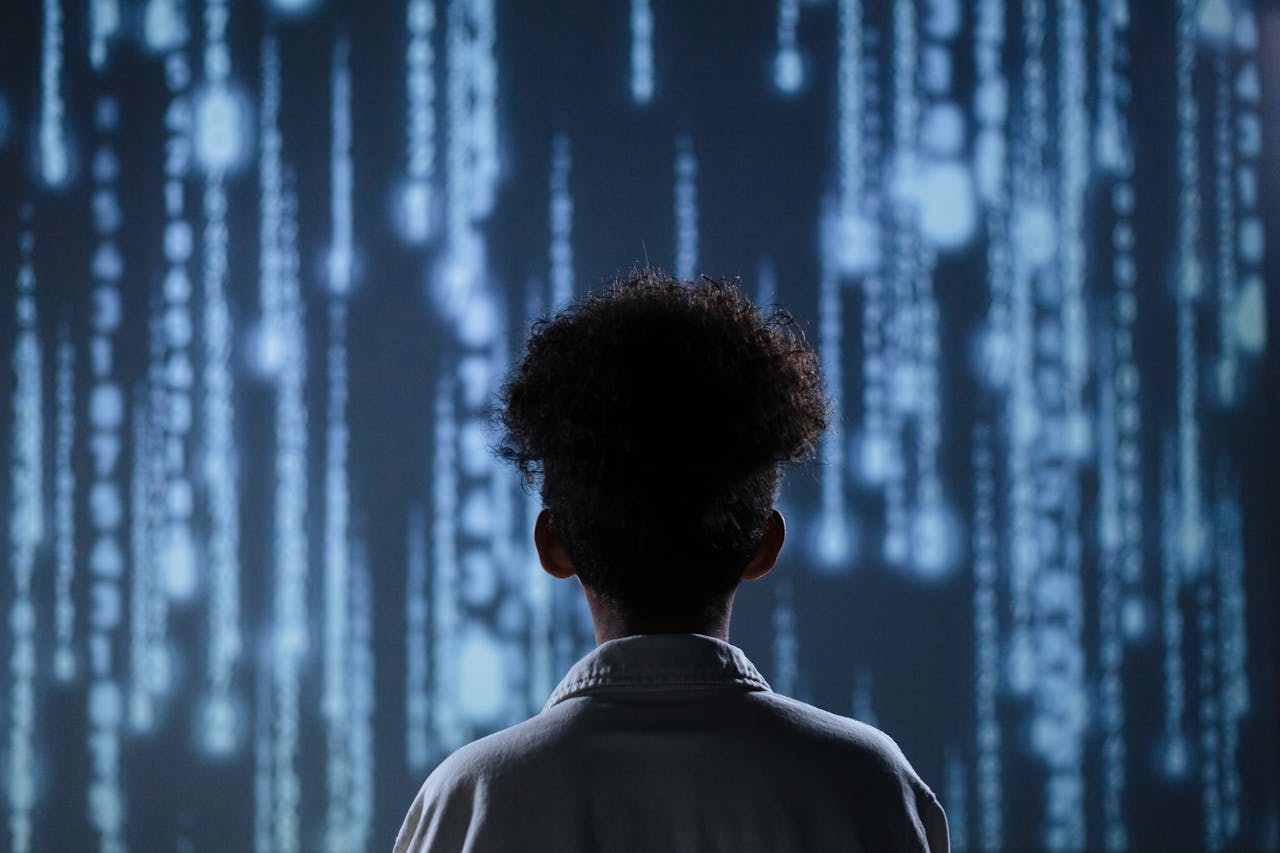Artificial intelligence now slips quietly into everyday life, from photo filters to voicemail systems, and that convenience comes with a darker edge. Scammers no longer rely only on clumsy emails or obvious typos. With a few public photos or seconds of audio, they can clone a voice, animate a face, and script conversations that feel deeply familiar. Families, small businesses, and even seasoned professionals are finding that trust built over years can be hijacked in a single call or video.
AI Kidnapping Hoaxes With Cloned Voices

Criminals record a short clip from social media, train a model on it, and then call a parent with a fake kidnapping story. The sobbing, the panic, and the pleas for help sound exactly like the child or spouse. In that moment, logical checks vanish and fast payment feels like the only choice. Police reports show that many targets later discover the loved one was safe the entire time.
Grandparent Scams With Familiar Voices

Old “grandparent” scams now arrive with unnervingly accurate voice clones. An older adult answers the phone and hears what sounds like a grandchild or close relative claiming to be in trouble abroad, begging for quiet help and quick money. The caller uses private details scraped from social media to keep the story believable. For many families, the shock is less about the lost funds and more about realizing a familiar voice was only software.
CEO Voice Deepfakes And Fake Urgent Transfers

Finance teams increasingly face calls that seem to come from their own executives, complete with accent, pacing, and favorite phrases. The “CEO” asks for a confidential transfer tied to a deal or tax issue, stressing discretion and speed. Staff feel pressure to obey, especially when emails or messages appear to confirm the request. By the time someone double-checks in person, large sums may already be gone and the real executive is hearing about the call for the first time.
Romance Scams Using Deepfake Faces

Scammers now build entire online personas around AI-generated faces and pre-recorded video snippets. The person on screen smiles, reacts, and shares just enough believable detail to sustain a long-distance relationship. Over weeks or months, conversations move from light flirting to emotional confessions and money requests dressed up as emergencies or travel plans. When the truth emerges, victims often describe a double loss: the financial hit and the realization that the face they trusted never belonged to a real partner.
Fake Celebrity Endorsements In AI Videos

Fraudsters grab public footage of business leaders or entertainers, then rely on AI to sync lips and voice to a new script. The result is a video where a well-known figure seems to promote a trading platform, crypto coin, or miracle product. Many viewers assume that a familiar face would never appear in a promotion without approval. Only later do they learn the clip was fabricated, while the real person issues public denials and warns fans to ignore the fake endorsement.
Synthetic Identities Built From AI Headshots

Instead of stealing one real identity, some criminals now generate thousands of faces that belong to no one. These AI headshots look like ordinary profile photos, complete with subtle flaws that pass quick human inspection. Paired with stolen data or invented details, they become the backbone of new bank accounts, loan applications, and marketplace profiles. Investigators often struggle to trace the fraud because there is no single real victim behind each face, only a manufactured person who disappears when checks begin.
Sextortion With Fabricated Explicit Images

Sextortion once demanded real private photos; AI has changed that rule. Scammers can take standard social media pictures and feed them into tools that create explicit deepfakes. They then contact the target, claim to hold compromising material, and threaten to send it to friends, colleagues, or classmates unless money arrives quickly. Even when the images are fake, the shame and fear feel real, and some victims pay just to stop the imagined fallout from reaching family or work.
Schoolyard Deepfakes And Social Ruin

In schools, misused AI tools turn petty grudges into serious harassment. Students create fake intimate images or altered videos of classmates using yearbook photos or everyday snapshots. Those files then circulate in group chats and anonymous accounts, sparking rumors and social isolation for the person depicted. Teachers and parents often find out after the damage is done, facing a problem that blends bullying, reputation harm, and technology most adults have never used themselves.
Fake Support Agents With AI Voices And Photos

Tech support scams now wear a professional mask. Victims search for help with locked accounts or suspicious charges and land on imitation sites with clean branding and polished chat widgets. On the phone, an AI voice introduces itself as a support specialist and offers to fix the issue through remote access or “verification” of card details. The calm, knowledgeable tone and realistic profile photo make the entire setup feel legitimate until accounts are drained or devices are compromised.
AI-Powered Fake Recruiters And Job Interviews

Fraudulent recruiters reach out on professional networks with convincing profiles and polished messages. Video calls sometimes feature AI avatars that sit in branded offices, complete with badges and virtual backdrops. During the interview, the “hiring manager” asks for ID scans, voice samples for alleged security checks, and sometimes upfront payments for training or equipment. By the end, the applicant has handed over valuable personal data, only to discover the company never had a position open.
Influencer And Streamer Impersonation

Deepfake tools let scammers mimic influencers during fake livestreams or video announcements. Fans see a familiar face encouraging them to join an exclusive group, send crypto to join a giveaway, or purchase a special link-only product. The tone, expressions, and style match previous content closely enough to bypass skepticism. Many followers realize the truth only when the real creator posts a warning, long after money and trust have already been spent on an imitation.
Beating Voiceprint Security Systems

Some banks and service providers rely on voice recognition as a security shortcut. Criminals respond by feeding stolen audio into AI models and practicing phrases until the system accepts the synthetic voice as a match. Once inside, they can reset passwords, move funds, or gather more personal details for later attacks. Security teams now treat voiceprint systems as only one layer in a larger defense strategy, not a magic shield against determined and well-equipped attackers.


